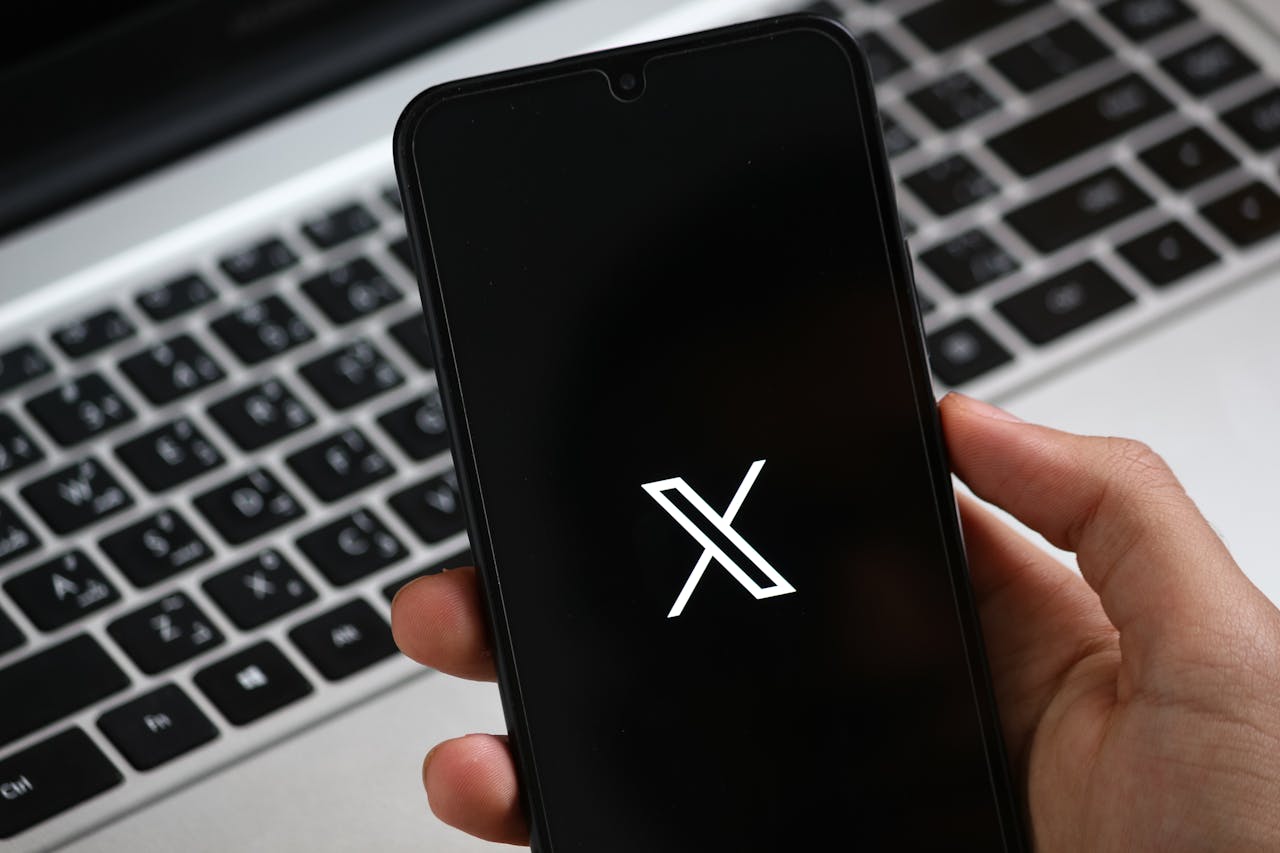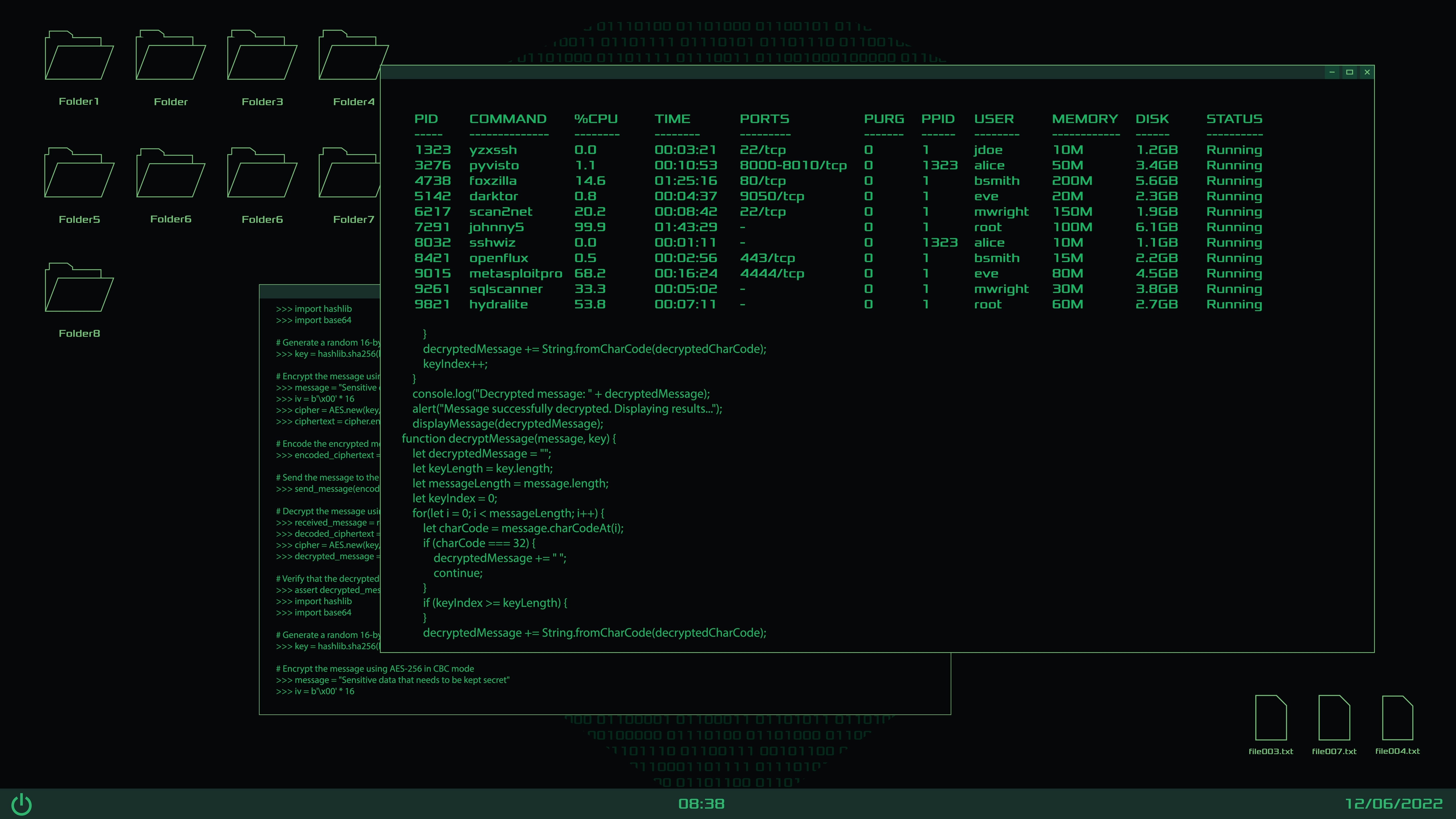Social media crises can erupt at any moment, spreading rapidly across Twitter and threatening brand reputation within minutes. Recent data shows that 71% of consumers who experience a negative interaction with a brand on social media will share that experience with others. For social media managers and communications professionals, having a tested crisis management strategy isn’t optional—it’s essential for survival in today’s connected world. This comprehensive guide provides the tactical framework and practical steps needed to detect, manage, and recover from social media crises in real time.
PR Overview
Setting Up Early Detection Systems
Identifying potential crises before they spiral out of control requires robust monitoring systems and clear trigger points for escalation. According to Sprinklr’s 2024 Social Media Crisis Management Report, organizations with AI-powered social listening tools detect potential crises up to 4 hours earlier than those relying on manual monitoring alone.
Start by implementing comprehensive social listening across your brand mentions, relevant hashtags, and industry keywords. Modern social media management platforms offer automated alerts for sudden spikes in mention volume or significant drops in sentiment scoring. Configure these tools to notify key team members when activity exceeds normal thresholds.
Create a monitoring dashboard that tracks:
- Direct brand mentions and replies
- Untagged references to your brand or products
- Industry-specific hashtags and trending topics
- Competitor mentions that could impact your sector
- Key customer complaints and service issues
Set clear criteria for what constitutes a potential crisis. This might include reaching a certain number of negative mentions within an hour, posts from influential accounts, or specific types of accusations or complaints. Document these triggers in your crisis management playbook and ensure all team members understand when to raise an alert.
Building Your Crisis Response Team
An effective crisis response requires clear roles and responsibilities established before issues arise. Research from Prowly shows that companies with designated crisis teams respond up to 3 times faster than those who assemble teams ad-hoc during an incident.
Your core crisis team should include:
- Crisis Lead: Coordinates overall response and approves external communications
- Social Media Manager: Monitors platforms and drafts initial responses
- Legal Representative: Reviews statements for potential liability issues
- PR/Communications Director: Ensures consistent messaging across channels
- Subject Matter Experts: Provide technical input based on crisis type
Document contact information, backup personnel, and clear escalation paths for reaching senior leadership when needed. Create an emergency contact system that works 24/7, as social media crises don’t follow business hours.
Immediate Response Protocol
The first 30 minutes after crisis detection are crucial. According to inBeat Agency’s research, brands that respond within 30 minutes of a crisis breaking see 37% less negative sentiment spread compared to those who wait longer.
Follow these immediate steps when a crisis is identified:
- Pause all scheduled social media posts to prevent tone-deaf content
- Alert your crisis team using established communication channels
- Gather initial facts and assess the scope of the situation
- Draft and approve a holding statement acknowledging awareness
- Begin monitoring and documenting crisis development
Your initial response should demonstrate awareness and concern without admitting fault or making promises you can’t keep. Use pre-approved templates modified for the specific situation to speed up response time while maintaining message control.
Crafting Effective Crisis Communications
Social media crisis communications require a delicate balance of speed, accuracy, and empathy. Howard University’s Office of University Communications recommends focusing on transparency and factual updates while maintaining a consistent tone across all messages.
Structure your crisis communications using these principles:
- Lead with empathy and acknowledge concerns
- Stick to verified facts and avoid speculation
- Provide clear next steps or expectations
- Use simple, direct language appropriate for Twitter
- Include timestamps on updates to prevent confusion
- Link to longer statements when needed
Keep messages brief but informative. Twitter’s character limit requires concise communication, but you can thread tweets for more complex updates. Always include ways for affected parties to get more information or support.
Managing Ongoing Crisis Response
As the crisis unfolds, maintaining consistent communication becomes crucial. Talkwalker’s analysis of successful crisis management cases shows that regular updates, even when no new information is available, help maintain public trust and reduce speculation.
Establish a regular update schedule based on crisis severity:
- High severity: Updates every 1-2 hours
- Medium severity: 3-4 updates per day
- Low severity: Daily updates until resolution
Monitor response effectiveness through:
- Sentiment analysis of replies and mentions
- Share and engagement metrics on updates
- Volume of customer service inquiries
- Media coverage and journalist requests
Handling Misinformation and Negative Comments
False information can spread rapidly during a crisis. According to Blue Gift Digital Hub’s research, correcting misinformation within the first hour reduces its spread by up to 75%.
Develop clear guidelines for addressing different types of negative content:
- Direct factual corrections for clear misinformation
- Empathetic responses to legitimate customer concerns
- Standard responses for common questions
- Escalation procedures for threats or harassment
Document all interactions and maintain a log of official responses to ensure consistency across team members handling the crisis.
Post-Crisis Analysis and Learning
After the immediate crisis subsides, conducting a thorough analysis helps improve future response capabilities. Sprinklr’s data shows that companies that perform post-crisis reviews are 60% more likely to handle future incidents successfully.
Review these key areas:
- Initial detection time and response speed
- Effectiveness of communication strategies
- Team coordination and resource allocation
- Impact on brand metrics and customer sentiment
- Areas for improvement in processes and tools
Conclusion
Effective crisis management on Twitter requires preparation, speed, and coordinated execution. Build your monitoring systems, establish clear team roles, and create response protocols before you need them. When crises occur, focus on quick, accurate, and empathetic communication while maintaining consistent messaging across all channels.
Remember that each crisis presents an opportunity to demonstrate your brand’s values and commitment to stakeholders. By following these guidelines and regularly updating your crisis management strategy, you’ll be better prepared to protect your brand’s reputation when challenges arise.
Take action now by reviewing your current crisis management plan, testing your monitoring systems, and conducting regular team training exercises. The investment in preparation will pay dividends when real crises emerge.
The Intersection of Corporate Communications and Cybersecurity Messaging
When a cybersecurity incident strikes, the technical breach is only half the battle. The other...
How Security Leaders Position Credibility in Crypto Markets
When a security incident hits, the clock starts ticking in minutes, not hours. Your investors...
Predictive Crisis Communications Using AI and Real-Time Data
Crisis communications has entered a new era where waiting for a threat to materialize means you've...




